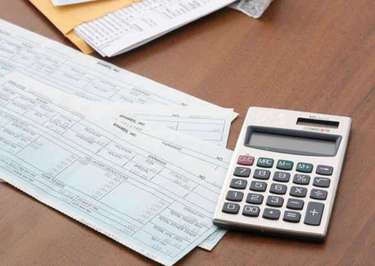
Do you spend sleepless nights as a consequence of cogitating over underpayment or overpayment of taxes?
Tax-related matters are often laden with stress. Payment of right tax at the right moment is very rarely achieved since most people end up with paying less or paying more. To address this issue, IRS has publicized a helpful tool, IRS Withholding calculator, to estimate your taxes for the year 2018. Using this calculator you can perform a “paycheck check-up” to adjust your withheld tax accordingly.
IRS has even specifically stated some groups who had better have their withholdings double-checked through a “paycheck checkup”. They are;
Why should you do a “paycheck checkup”?
1. According to IRS, the average refund of taxes is around $2,800. This is a considerable amount. You might want to have a minimum amount withheld of your hard earned money and obtain more in your paychecks.
2. The purpose of this new Withholding Calculator is to assist taxpayers to decide immediately that should they have their W-4 (Employee’s Withholding Allowance Certificate) allowances adjusted. This could avoid “tax season surprises”.
3. More importantly, this calculator assesses the amount you will fall short or amount you will be refunded if you do not change your current W-4 and also recommends the number of allowances you should claim on your new W-4 so that you may get closer to zero-dollar excess or shortage.
4. If you are having an insufficient amount of tax withheld, you may find yourself an unpredicted tax bill or a possible penalty at tax time in 2019. This can be avoided using this tax calculator.
5. There is no point in having money withheld for a complete year since you would not be paid an interest by the IRS. You can invest in somewhere if you knew the “right amount” to withhold.
How to use the calculator?
First, you have to fill a form of 5 pages. You may need information from:
For your convenience, I will brief you the details asked in the form.
1st page - Here, you will be asked of your filing status.
2nd page - You will be asked of:
3rd page - The details asked here is all about your income.
4th page - This page focuses on your deductions.
5th page – Finally, in here you get the results, along with your full estimated tax obligation. You will receive information on the recommended allowances to take on your W-4. If you are not withholding sufficient taxes, this tool suggests how much you need to increase. Pension recipients, who collect a regular monthly check, can also use this calculator to make sure the right amount of tax is being withheld.
What should be done after calculation?
You should comply with the recommendations made after the calculation. If your employer does not have enough taxes withheld from your paycheck or you earned money that is not subjected to payroll taxation, you might owe taxes at the tax time. You must aim to have your withholdings matched with your actual tax obligation. You can submit Form W-4 to your employer to change withholding any time throughout the year.
It is important to remember that the calculator does not take into consideration the other factors that may complicate your tax situation such as:
If any of above instances are relevant to you, you should work with a CPA or a tax professional who will check-in with you throughout the year to help you to make tax estimates as well as file your tax return easier and faster.
